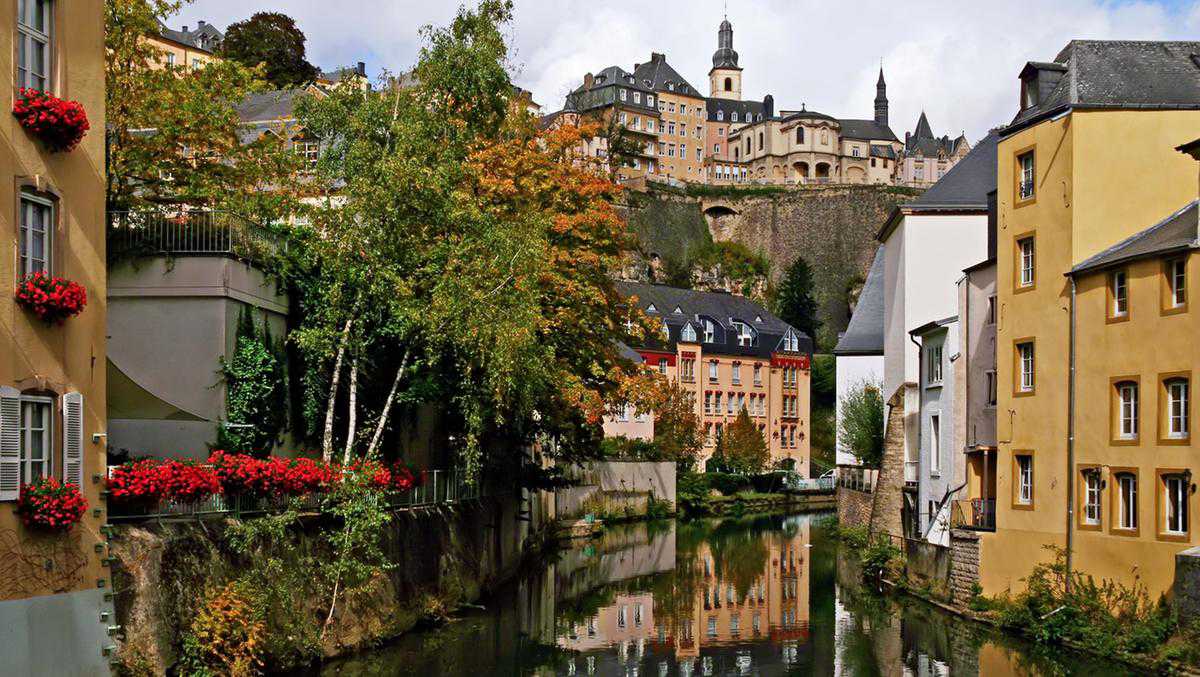Luxembourg's public transport will soon be completely free, here's what to expect
16 October, 2019

In a few months, the tiny European nation of Luxembourg will be making headlines around the world. Not for the usual reason – its tax haven status, which shelters the likes of Amazon, Skype and ArcelorMittal – but for a far more positive initiative. It will become the first country in the world where all public transport is totally free – no strings attached. From Sunday, March 1, 2020, both residents and visitors will be able to use trains, trams and buses without buying a ticket, without any controls.
Bearing in mind the size of the venerable Grand Duchy, this may not sound like the biggest step for ecotourism, but in a period when ecology, carbon footprints and climate change are rarely out of the news, it could set a precedent that will then have to be considered by more well-known tourist destinations.
Barely the size of Rhode Island, in the US, the landlocked Luxembourg is surrounded by Belgium, France and Germany. While travellers invariably stop off at the imposing capital, Luxembourg City, this new free travel scheme is a great incentive to discover the rest of this intriguing kingdom: the picturesque vine-clad valley of the Moselle river; trekking though the hills and forests of Mullerthal, Luxembourg’s “Little Switzerland” (though don’t expect any Alpine peaks); or exploring the chateaux and battlefields of the historic Ardennes.
I kick off my tour of Luxembourg City, checking into a chic boutique hotel, Le Place d’Armes, which looks out over the town’s main square, lined with cafe terraces where pinstripe-suited bankers puff large cigars while an oompah orchestra performs in the old-fashioned bandstand.
Since medieval times, this has been one of Europe’s most impregnable castle-fortresses, sitting atop a towering rocky outcrop, protected by the 17th-century Bock Casemates, a spectacular 23-kilometre maze of tunnels and galleries that today is a Unesco World Heritage Site. Within the fortress walls, tiny neighbourhoods hug a series of steep ravines and valleys that can turn sightseeing into quite a hike, though the free transport plan makes all that a lot easier, with an efficient network of buses, trams, lifts and funiculars.
In just a day, I pass from the Renaissance palaces and Baroque churches of the historic centre to a tour of the skyscraper architecture of the Kirchberg neighbourhood, home to the stunning Mudam modern art museum, designed by I?M?Pei, alongside a host of futuristic European institutions, such as the Court of Justice, reflecting the city’s dual role as national capital and one of the three official capitals of the European Union. In the evening, it is back on the bus again to go down to the lower part of the city, the 12th-century Clausen quarter. This is the favoured after-work hangout of the multinational Eurocrats and financiers who call Luxembourg home, perfect for dining out at gourmet Michelin-starred restaurants, excellent Italian trattorie and traditional Luxembourgish brasseries, followed by a late-night tour of chic cocktail lounges and packed sports bars.
